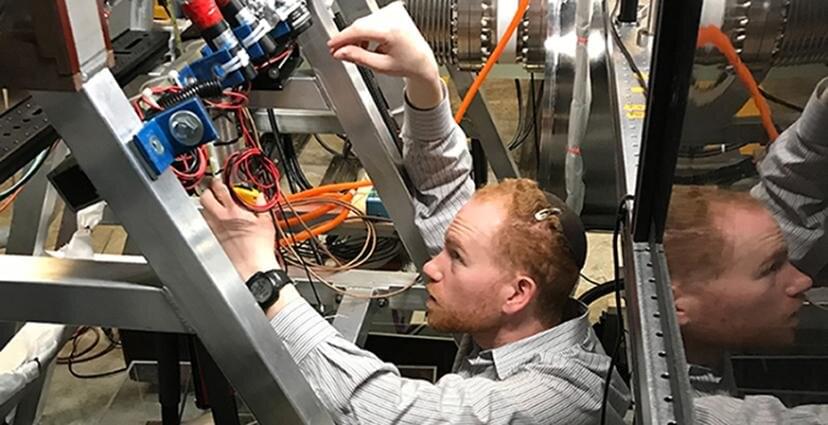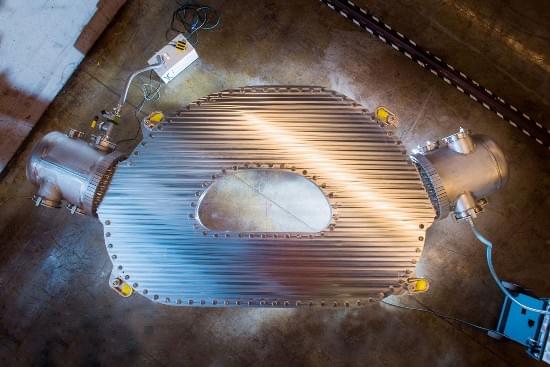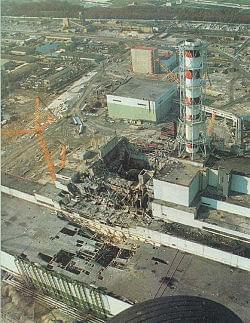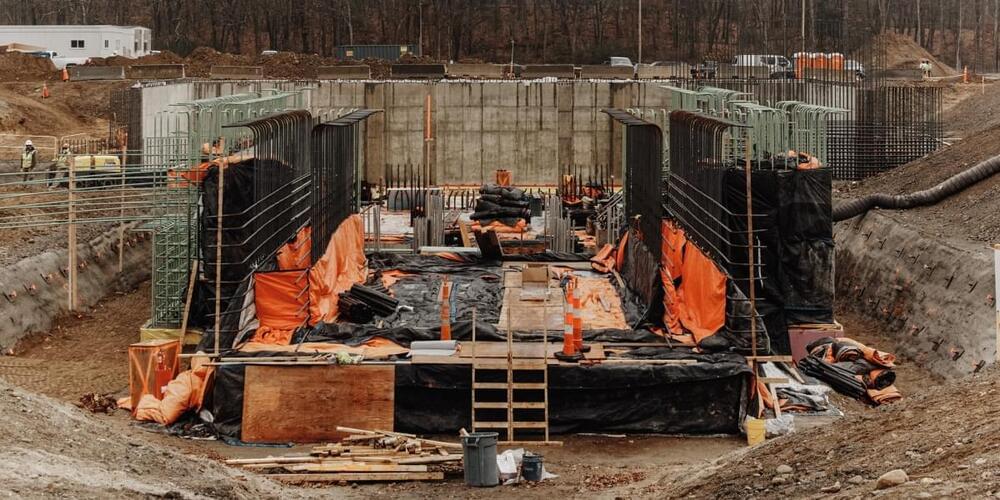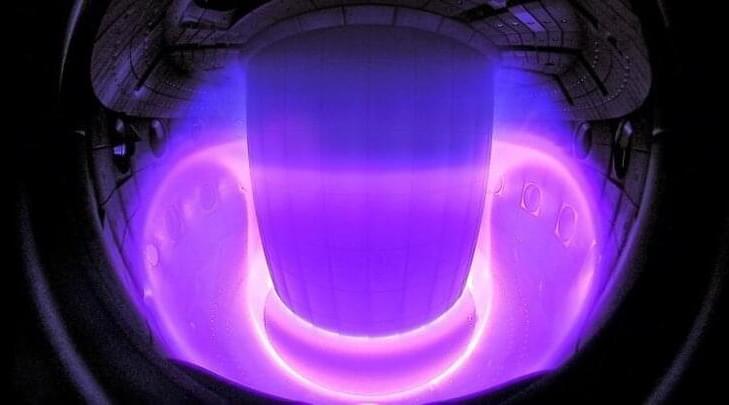Mar 11, 2022
Tokamak Energy moves closer to commercial fusion: 100M degree plasma a world record for a spherical tokamak
Posted by Kelvin Dafiaghor in categories: government, nuclear energy
OXFORD, England 0, March 10, 2022 /PRNewswire/ — Tokamak Energy has demonstrated a world-first with its privately-funded ST40 spherical tokamak, achieving a plasma temperature of 100 million degrees Celsius, the threshold required for commercial fusion energy.
This is by far the highest temperature ever achieved in a spherical tokamak and by any privately funded tokamak. While several government laboratories have reported plasma temperatures above 100M degrees in conventional tokamaks, this milestone has been achieved in just five years, for a cost of less than £50m ($70m), in a much more compact fusion device. This achievement further substantiates spherical tokamaks as the optimal route to the delivery of clean, secure, low cost, scalable and globally deployable commercial fusion energy.

